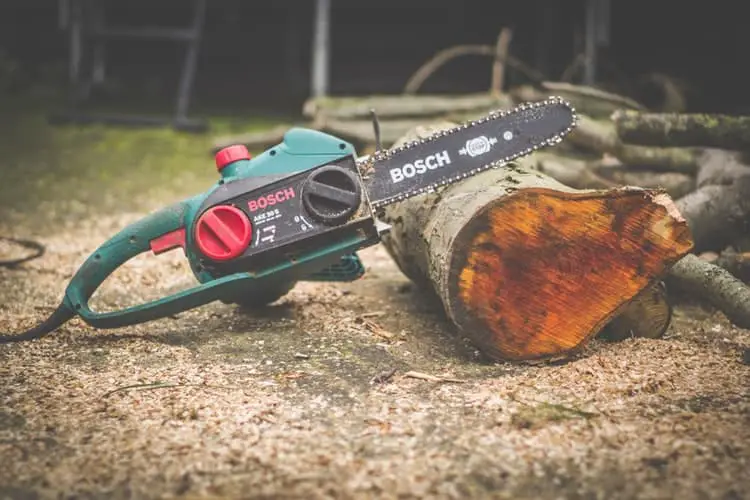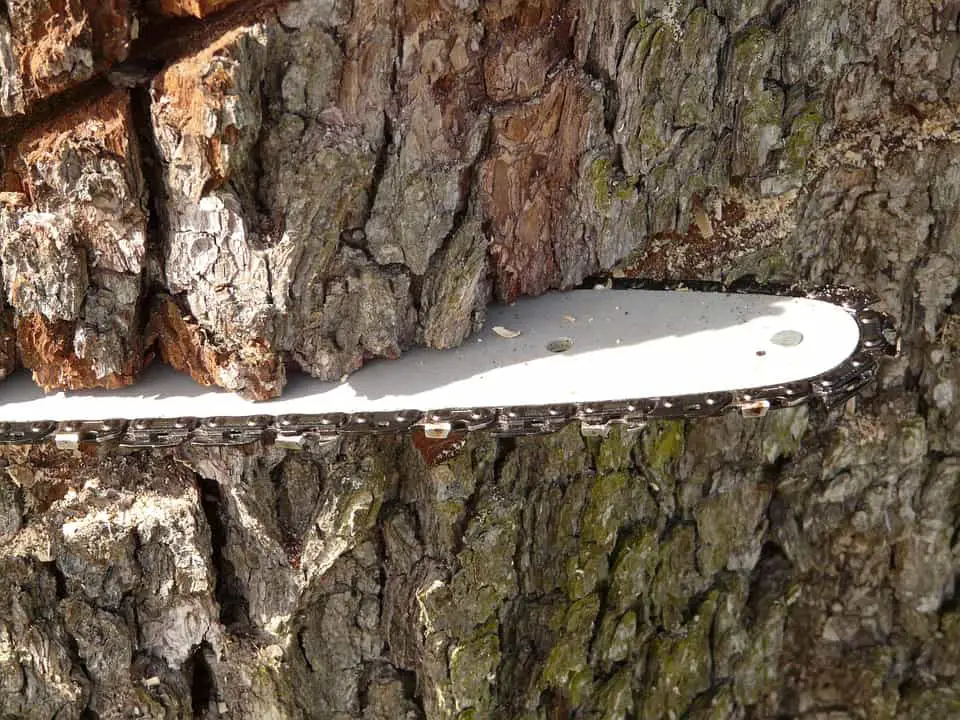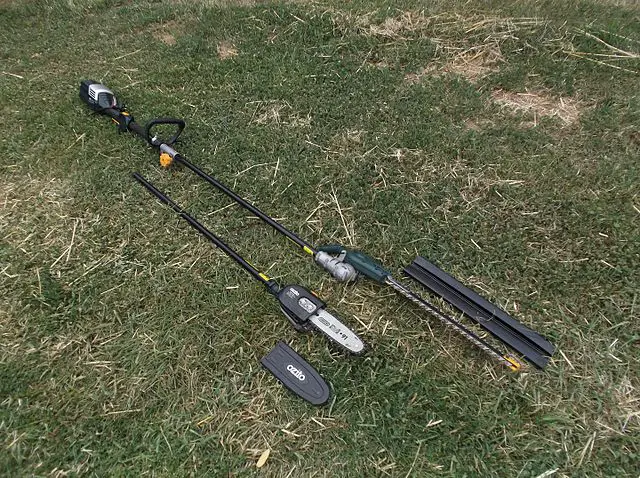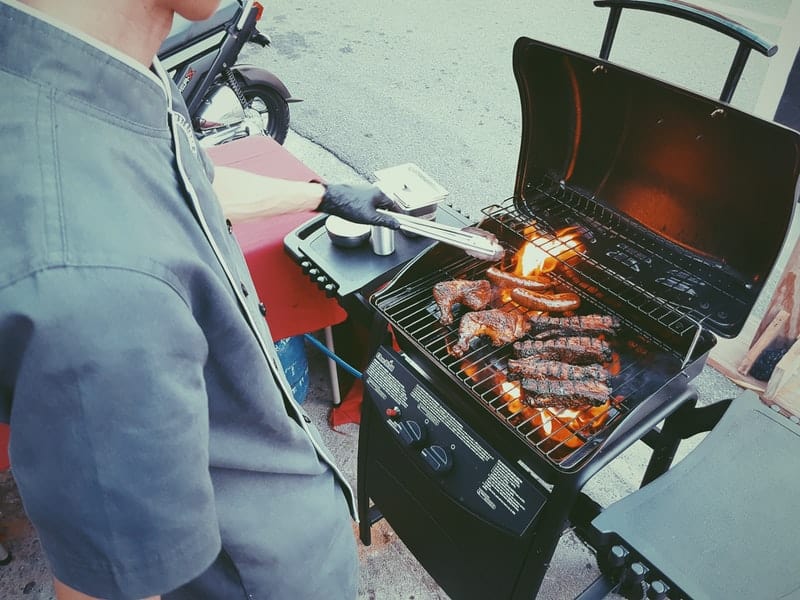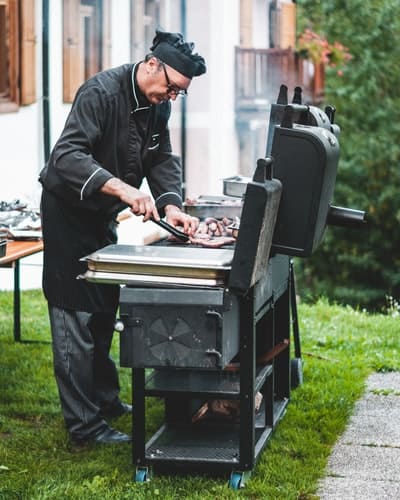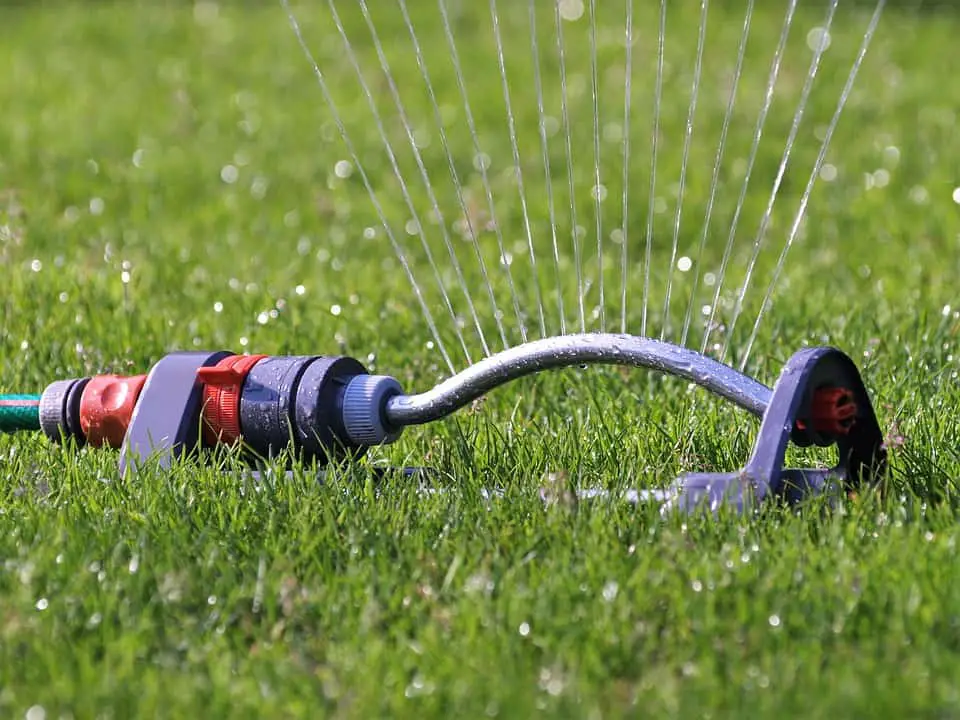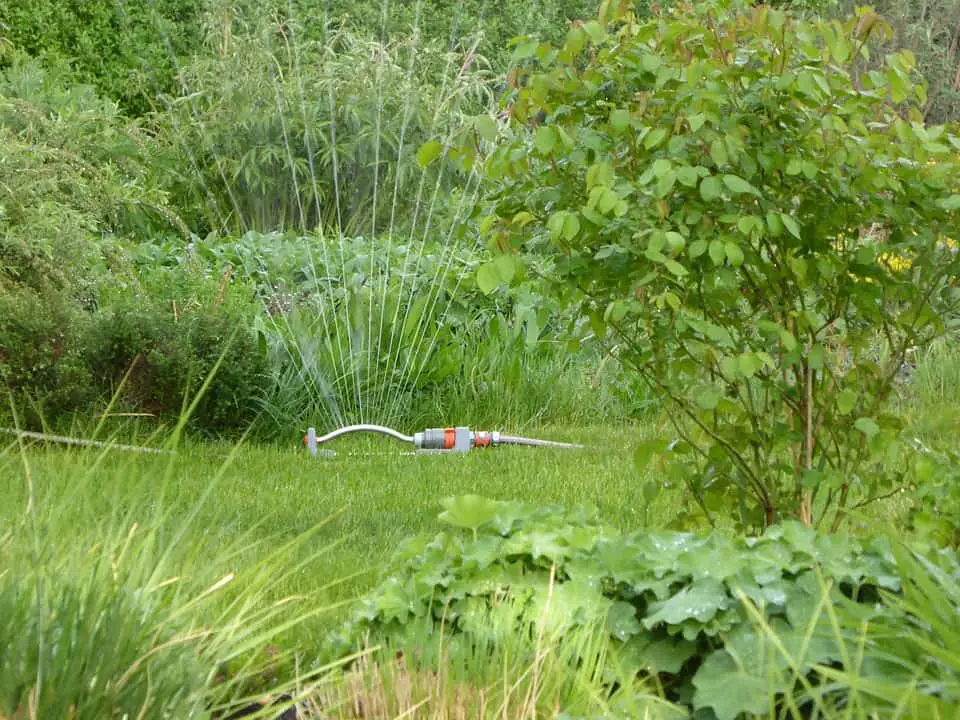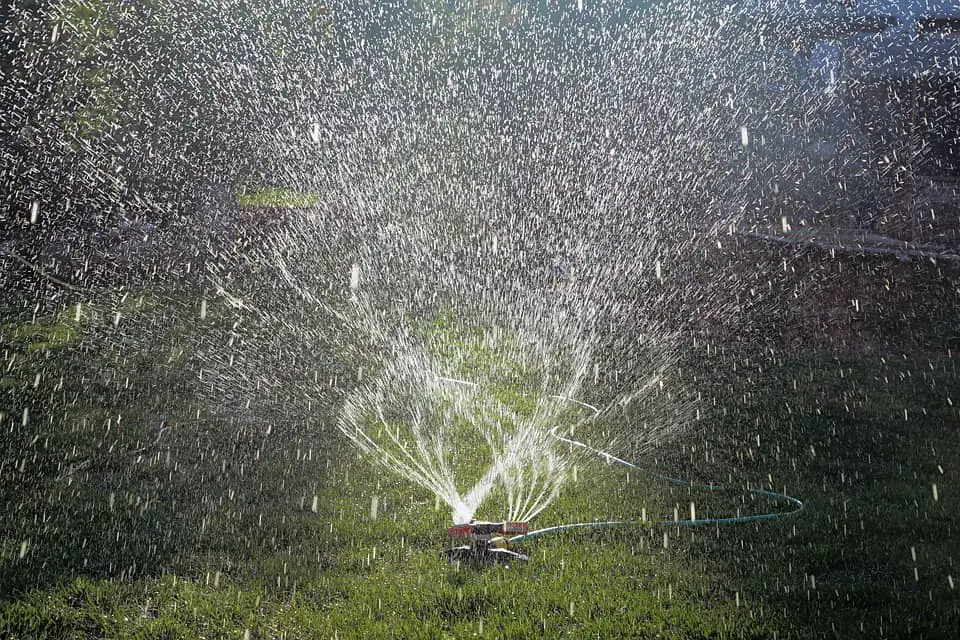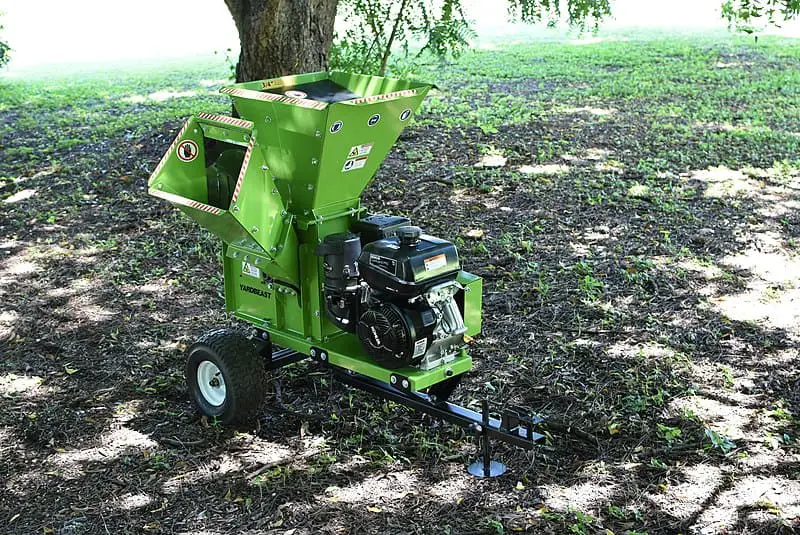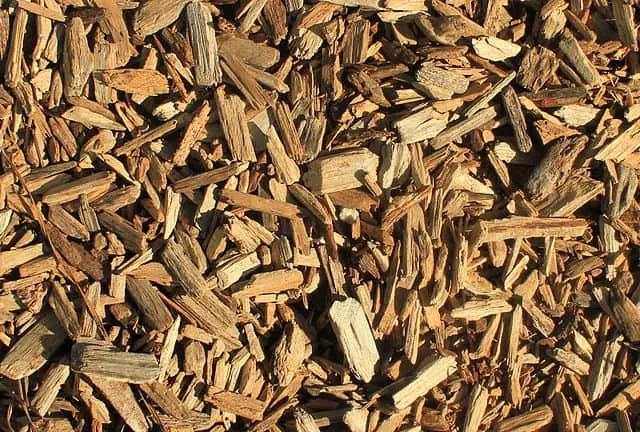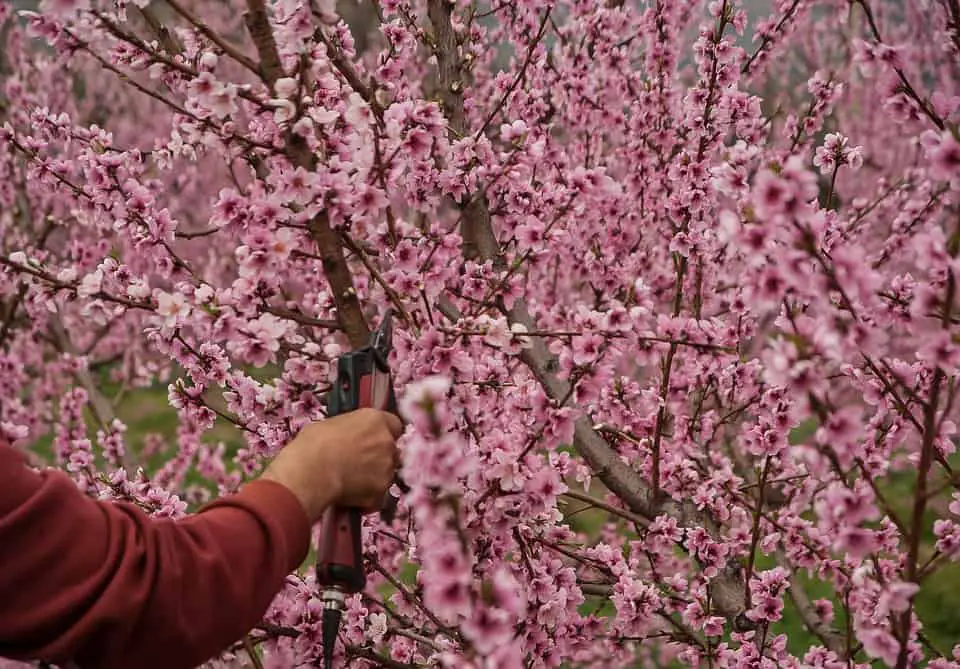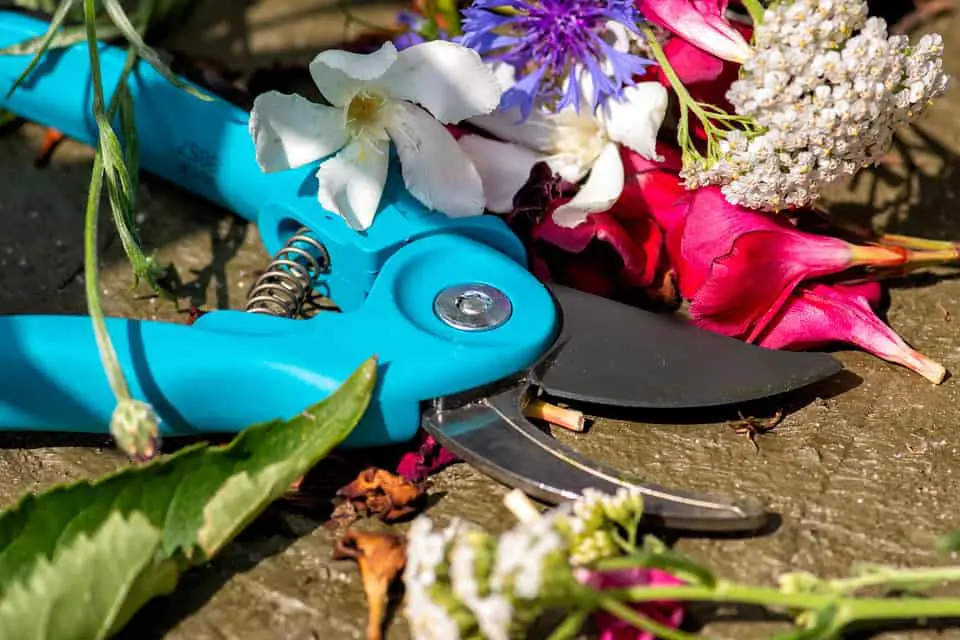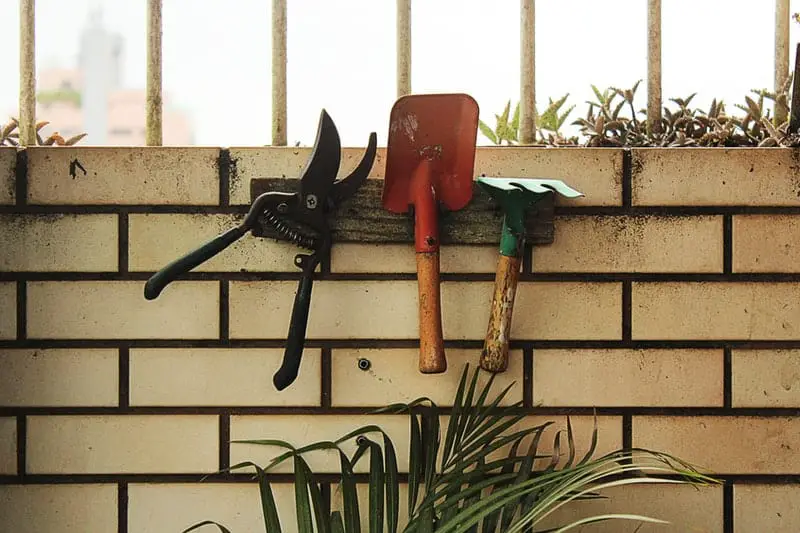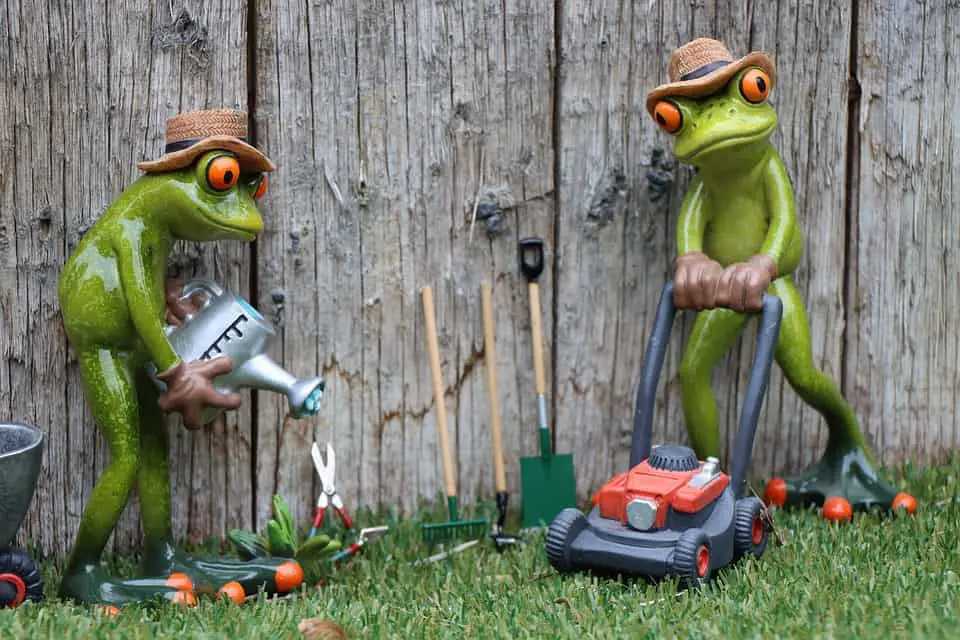The basic premise behind no-dig or no-till gardening is to garden in such a way as to not disrupt the life in the soil as it is the natural food source for the plants. This method works hand in hand with and uses many techniques used in lasagna gardening and organic gardening.
How Does it Work?
- There are millions of microorganisms inhabiting the A Horizon of soil. The A Horizon is the topsoil layer that provides the habitat for the growth of microorganisms and plant roots. Tillage, plowing and digging exposes these microorganisms to the sunlight and results in those beneficial microbes’ death. (Dowding & Holden, 2013)
- No-Digging means exactly that. You do not dig and disrupt the soil. You instead depend on the microorganisms to keep your soil well-aerated (they create microscopic tunnels/paths for the movement of nutrients plus water). Their respiration activity also adds oxygen to the soil layers.
- No plowing and other cultivation operations are necessary. Whatever your garden soil structure may be, organic mulching will make it suitable for planting without the need for cultivation. Rather than cultivate, you use the regular application of compost to enrich your soil.
- Cardboard and or newspaper can be layered to suppress weed growth, conserve soil moisture, and steadily add essential micro and macro-nutrients into the soil. Organic mulch also improves soil aeration.
- No-Dig gardening can successfully support all kinds of vegetables, annual or perennial flowering plants, and shrubs. The secret is to add compost each year during the months of Jan-Feb to avoid needing to use harmful synthetic chemicals to control weeds and fertilize.
How to Get Started with No-Dig Gardening?
Site Selection
The most important thing to be considered after you have decided to do no-dig gardening is the appropriate site selection. Choosing a well suited location in your yard can be a great starting point.
Some important things to consider when choosing your site:
- Consider the history of your site: If you know the site, you might know it’s history. Find a spot that has a long history of plant growth with very little human disturbance and you will be well on your way to a good start. You don’t want a spot that has been compacted by vehicles or equipment.
- Consider the sun exposure: Note the amount of sun that your site receives during the day. Full sun is great for vegetables, but shrubs and perennials may prefer a bit of shade.
- Take a soil test: An accurate soil test will give you a good idea of what sort of plants your garden will support and what types of organic matter you might want to add to support those plants. Choosing a spot that is nutrient rich will make your first few years of gardening much easier. Also, the acidity and alkalinity level of soil decides the nutrient uptake and absorption rate by the plant roots.
Decide What to Grow
You can grow any type of plant or crop that you desire in your no-till garden, but most people consider this type of gardening ideally suited for vegetables or annual flowers. We usually think about using no-dig gardening for these type of plants because historically, we would till up our gardens every spring before planting them. All of these no-till techniques can also be used for perennial or shrub gardens.
Decide what type of compost you will use
Organic compost can be made from almost any available organic material that you may have around the house. This collected organic material can be layered on the garden in fall (the lasagna method) or it can be mixed and composted all year-round to create heaps of compost that can be spread on the garden. If you live out in the country, you may be lucky enough to have animal waste readily available, but if not, you still have plenty of options.
- Plant waste such as leaves and stems of dead plants
- Kitchen, and home waste such as paper, leftover food, cuttings, etc.
- Field waste such as wheat, rice and barley straw, etc.
- Wood scraps such as sawdust and wood chips.
Preparing your compost
If you choose the lasagna method, it is fairly easy. You simply apply layers of paper, cardbord or wood waste intersprersed with layers of organic materials and let it decompose on it’s own. Leave it on the garden over the winter months and then plant into it in spring.
If you choose to create a compost pile, collecting and preparing compost is not a one day project, it is more like an every day project. Once you start thinking like a composter, you will find more and more organic matter that can be used in your garden.
You will need an area to collect the everyday things that will be used in your compost. Many people might use a box or container to hold their compost. It needs to be big enough to hold a good amount and it needs to be in an area that is easy to wrok. The compost will need to be turned to create the nice organic material that you want for your garden.
It’s best to chop the material before dumping it into your compost area to help speed up the compost process.
Once you experience how easy it is to make compost on your own, you will never have enough. You may want to keep two to three piles or boxes filled all year round.
The Lasagna Method – broken down
While the below list names specifics, feel free to use whatever organics you have available. The important thing is getting new and healthy nutrients into the ground in a natural manner.
- Lay down a layer of newspaper, cardboard or wood chips that will act as a natural weed growth suppressor/ground cover and completely decompose within 5-6 weeks.
- Above the cardboard paper layer, the second layer will be leaf litter, wheat straw, rice straw or grass clippings. This layer acts as a water-absorbent, and can be several inches thick.
- The next layer should be several inches of well rotten (aged) farmyard manure, kitchen waste or any other easily decomposed and soft material. This will be the layer that would directly support the plant root growth.
- The subsequent layers of field waste, stem and branches can be added if you want to raise the bed’s height in your Lasagna Garden.
- Give your lasagna at least 3-4 months to decompose and then plant right into it.
- Do this year after year and your soil will become very rich and soft over time.
No-Dig Gardening Benefits
- Water conservation: Water availability should be a major concern for every gardener. “Save as much as you can” is the strategy behind no-dig farming/gardening. Organic mulching and no-tillage (not disrupting soil to expose it to the sun that will cause moisture evaporation) conserve soil moisture more efficiently and hold irrigation water more precisely.
- Improved soil fertility: Anything that can be done to avoid using harmful synthetic herbicides and fertilizers in our soil will benefit the earth. By using the above listed methods, you can have completely healthy and happy soild without using any harmful products whatsoever. Organic mulching improves not only the organic matter content of the soil but also assists microorganism’s growth. The slow-release of nutrients is a beneficial process for the plants to utilize both mobile and immobile nutrients (in well-plowed soils, these nutrients are moved either to the surface or below the root zone, making them unavailable for the plants).
- Biodiversity conservation: Not disturbing the natural habitat of beneficial insects, birds, and plants, by avoiding herbicides, insecticides, fertilizers, and other synthetic chemicals will eventually lead to biodiversity safeguarding.
- Environmental pollution reduction: Instead of wasting the home, kitchen, field, animal industry, food processing industries, and plant leftovers, using them in food production and soil fertility conservation will reduce environmental pollution. In this age where we face the problem of food and water shortage, it is best not to waste even a single thing that could be beneficial for the soil and eventually to nature conservation. (Kingsley, Townsend, & Henderson‐Wilson, 2009)
- Shifting back toward nature: Historically families grew their own food. Nowadays, we get our food from factories and stores. The more natural we can make the process, the better it is for our earth. Lasagna Garden establishment is a non-Mechanized Garden establishment process where you do need any machine from soil preparation to crop harvest. (Raymond, Diduck, Buijs, Boerchers, & Moquin, 2019)
References:
Dowding, C., & Holden, P. (2013). Organic gardening: the natural no-dig way: Green Books.
Kingsley, J. Y., Townsend, M., & Henderson‐Wilson, C. (2009). Cultivating health and wellbeing: members’ perceptions of the health benefits of a Port Melbourne community garden. Leisure studies, 28(2), 207-219.
Lanza, P. (1998). Lasagna Gardening: A New Layering System for Bountiful Gardens: No Digging, No Tilling, No Weeding, No Kidding! : Rodale.
Raymond, C. M., Diduck, A. P., Buijs, A., Boerchers, M., & Moquin, R. (2019). Exploring the co-benefits (and costs) of home gardening for biodiversity conservation. Local Environment, 24(3), 258-273.



